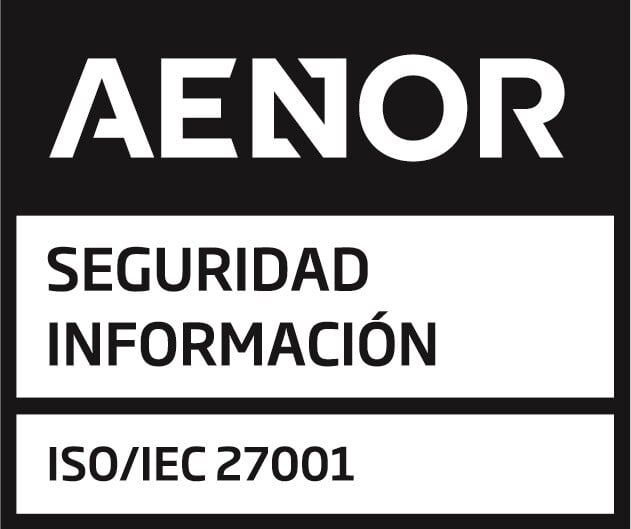Introduction.
In the renewable energy sector, the earliest stages of the asset lifecycle are also the most uncertain. From the moment an opportunity is identified — a parcel of land, a point of connection, a preliminary business case — developers begin a race against time, complexity, and uncertainty. Plus, much of this effort is financed directly by the developers themselves, putting their own equity at stake long before any guarantees of success.
Decisions made during origination and early development will define whether a project reaches Ready to Build (RTB), or stalls indefinitely due to unresolved risks.
What makes this phase particularly risky is not just the number of moving parts — it's the lack of structure, visibility, and standardization. In many companies, business development and project development operate with unaligned workflows and partial information, leading to delayed handovers, costly blind spots, and ultimately, lost value. Plus, ever-changing legislation and technological evolutions only add to the challenge, making it harder to build repeatable processes or apply past learnings consistently.
This article explores why managing risk in the early phases is critical for long-term project viability, and how an integrated, traceable approach can drastically reduce uncertainty and accelerate time to RTB.
The binary nature of early-stage development.
Development risk is often described as binary: either the project progresses, or it collapses. And the odds are often stacked against the developer. A project can spend two to three years in development, only to be rejected due to a change in environmental regulation, grid constraints, or technical incompatibilities discovered too late.
This risk is compounded by the absence of reliable standards. Unlike construction or operation, which tend to follow well-established industry protocols, early development is still largely shaped by local knowledge, inconsistent criteria, and tacit know-how. Each team reinvents the wheel, often without full awareness of what has been inherited from origination.
Friction at the handover: from origination to development.
One of the biggest sources of risk at this stage is the poor transfer of information from business development to project development. Teams often work in silos, and the lack of a shared framework leads to incomplete handovers.
Developers receive a package with dozens or hundreds of land plots, but without clarity on which ones have valid agreements, which are affected by easements or protected areas, or how they link to the SPV. Key files are often buried in inboxes, personal folders, or legacy storage systems — making validation and retrieval a challenge.
As a result, critical issues arise too late: a missing signature, an expired right of use, or a landowner who has lost interest. In some cases, the cost of fixing these gaps can render the project financially unviable.
The disconnect between financial modelling and technical viability.
Another frequent problem lies in the gap between what is modelled financially and what is technically feasible. Investment decisions are often made by profiles with limited exposure to development complexities. While the model might assume a certain point of connection, a predefined CAPEX and a specific layout, the development reality may differ drastically.
Changes in grid availability, setbacks due to land restrictions, or hidden construction constraints can fundamentally alter the economics of the project. Yet, these risks are rarely reflected in the financial model early enough to adjust course.
Document chaos = operational risk.
The absence of standardized checklists, workflows, and validation mechanisms in this phase multiplies the risk of error. Contracts are often signed without clear guarantees, development milestones are not tracked consistently, and responsibilities remain ambiguous.
For example, failing to define specific penalties or deadlines in an SPA can lead to projects being delayed indefinitely, with no leverage over the counterparty. Or worse: to developers being paid without delivering progress.
Without a centralized source of truth, it’s unclear what’s been confirmed and what’s still unresolved — exposing projects to avoidable risk. The result is inefficiency, uncertainty, and financial exposure.
What better visibility looks like.
The key to managing this early-stage risk lies in creating structured visibility: not just knowing what you have, but understanding where the risks are, what’s missing, and how each piece connects to the rest.
This includes:
- Centralised documentation with clear validation and version control.
- Standardised checklists for handovers between business and project development.
- Linking land plots to SPVs, permits, and grid access documentation.
- Tracking development milestones with accountability and real-time status.
- Risk matrices that consider technical, legal, regulatory, and financial impacts.
With this foundation, development teams can work with clarity, reduce duplicated effort, and make faster, better-informed decisions.
Conclusion: Reduce uncertainty, protect ROI.
Early-stage projects are inherently risky, but much of that risk comes from a lack of structure and continuity. By aligning business development and project development through shared workflows, standardised documentation, and a clear risk framework, companies can drastically reduce delays, avoid costly surprises, and improve the likelihood of reaching RTB.
Visibility at this stage is not just operationally useful — it’s strategically essential. Because if the foundations aren’t solid, no project will scale successfully.
Much of the uncertainty in origination and development stems from fragmented systems, informal decision-making, and a lack of cross-team alignment. QBi addresses these challenges by centralizing documentation, linking land agreements to their respective SPVs and permits, and enabling cross-functional visibility from day one. This ensures that all stakeholders — from business development to technical teams — work from a single, validated version of truth. By structuring handovers and aligning financial and technical data, QBi reduces the risk of costly surprises and accelerates the path to RTB.
